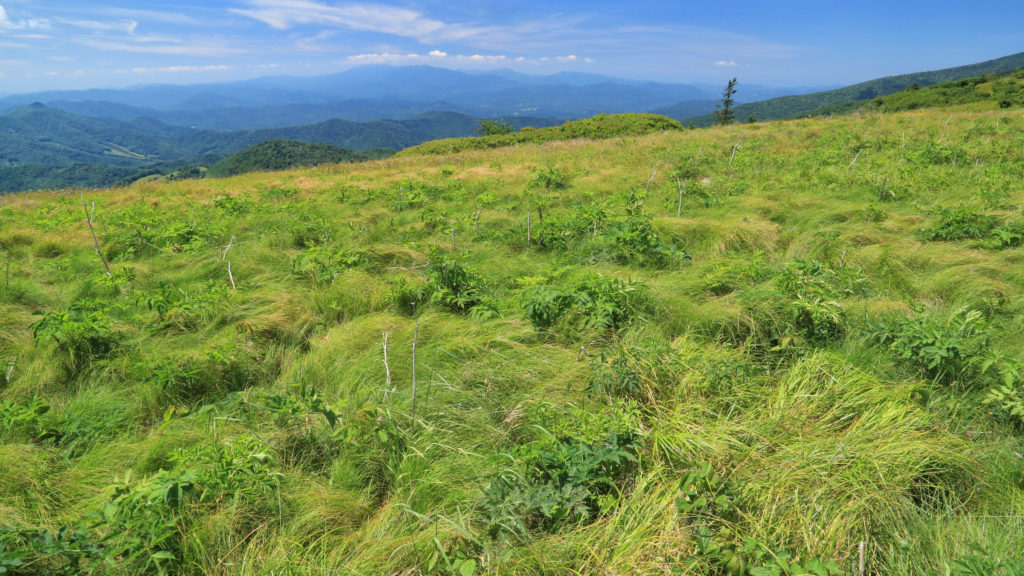Global Change Fellow Investigates Conservation Innovation Challenges

2018-2019 Global Change Fellow, Tina Mozelewski was lead author and SE CASC Faculty Affiliate, Robert Scheller was co-author on a new publication, Forecasting for intended consequences, which was released in the open access journal, Conservation Science and Practice on February 19, 2021. Learn more about the paper in the abstract below.
Forecasting for intended consequences
Journal Abstract
Restoration and conservation innovations face numerous challenges that often limit widespread adoption, including uncertainty of outcomes, risk averse or status quo biased management, and unknown trade‐offs. These barriers often result in cautious conservation that does not consider the true cost of impeding innovation, and overemphasizes the risks of unintended consequences versus the opportunities presented by proactive and innovative conservation, the intended consequences. Simulation models are powerful tools for forecasting and evaluating the potential outcomes of restoration or conservation innovations prior to on‐the‐ground deployment. These forecasts provide information about the potential trade‐offs among the risks and benefits of candidate management actions, elucidating the likelihood that an innovation will achieve its intended consequences and at what cost. They can also highlight when and where business‐as‐usual management may incur larger costs than alternative management approaches over the long‐term. Forecasts inform the decision‐making process prior to the implementation of emergent, proactive practices at broad scales, lending support for management decisions and reducing the barriers to innovation. Here we review the science, motivations, and challenges of forecasting for restoration and conservation innovations.

The paper, “Forecasting for intended consequences,” was published in Conservation Science and Practice e(370), on February 19, 2021. Authors are Tina G. Mozelewski and Robert M. Scheller, Department of Forestry and Environmental Resources at North Carolina State University. The research was funded by North Carolina State University Chancellor’s Faculty Excellence Program and U.S. Geological Survey Southeast Climate Adaptation Science Center Global Change Fellows Program.
https://doi.org/10.1111/csp2.370
- Categories:
